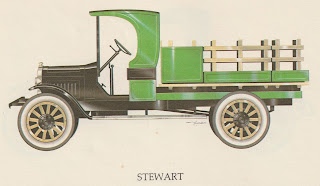 |
| Cages at Root's Sale where my grandfather took me every Wednesday in the summer. |
Three years after that, a second racing club known as the Hillside Homing Pigeon Club, which was formed on Cabbage Hill, began. If you are not familiar with pigeon racing, it is a rather unusual sport in which club members ship their pigeons in crates to cities and towns far from Lancaster. Most of the starting points were to the south, usually in Virginia or the Carolinas. Each pigeon wold have a metal band around a leg which was inscribed with the owner's initials and an ID#. At a designated time the pigeons would be released and attempt to find their way home to the "SoWe" section of Lancaster. Homing pigeons have an acute sense of smell and an uncanny ability to use the Earth's magnetic field to find their way home to where they knew they would be fed and reunited with their mates. Lancaster had an official judge who would record the exact time each pigeon would arrive at the door to its loft. Amazingly, most made it back.
 |
| Winners in one of the races. |
 |
| 1918 photo of a dispatch rider with a basket of pigeons to release. |




























































